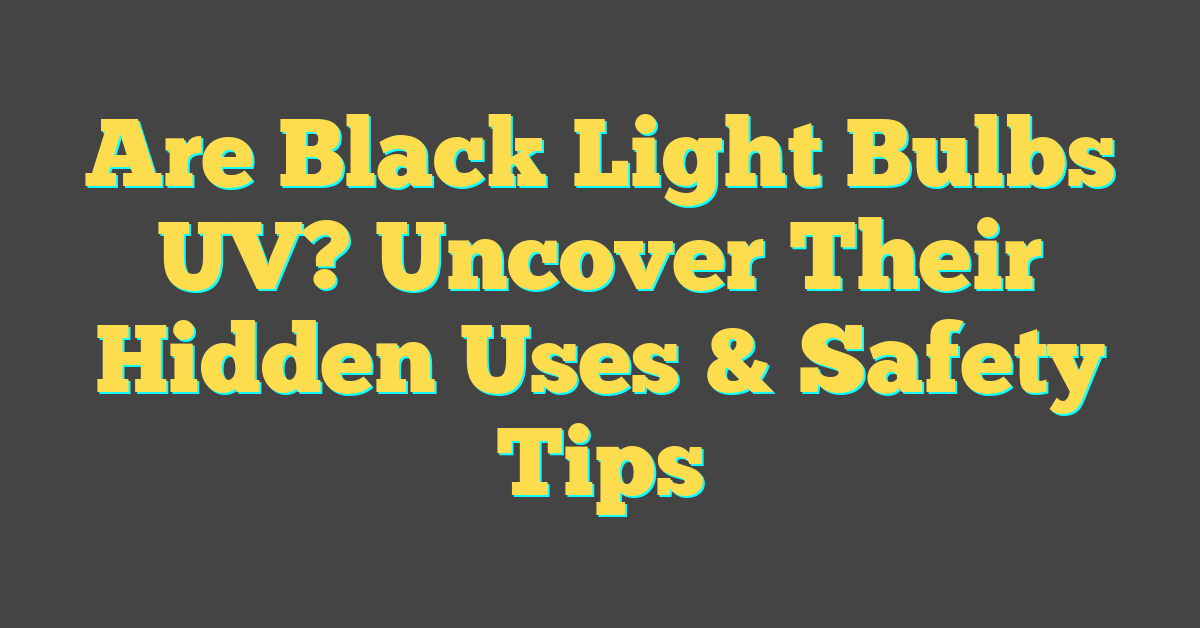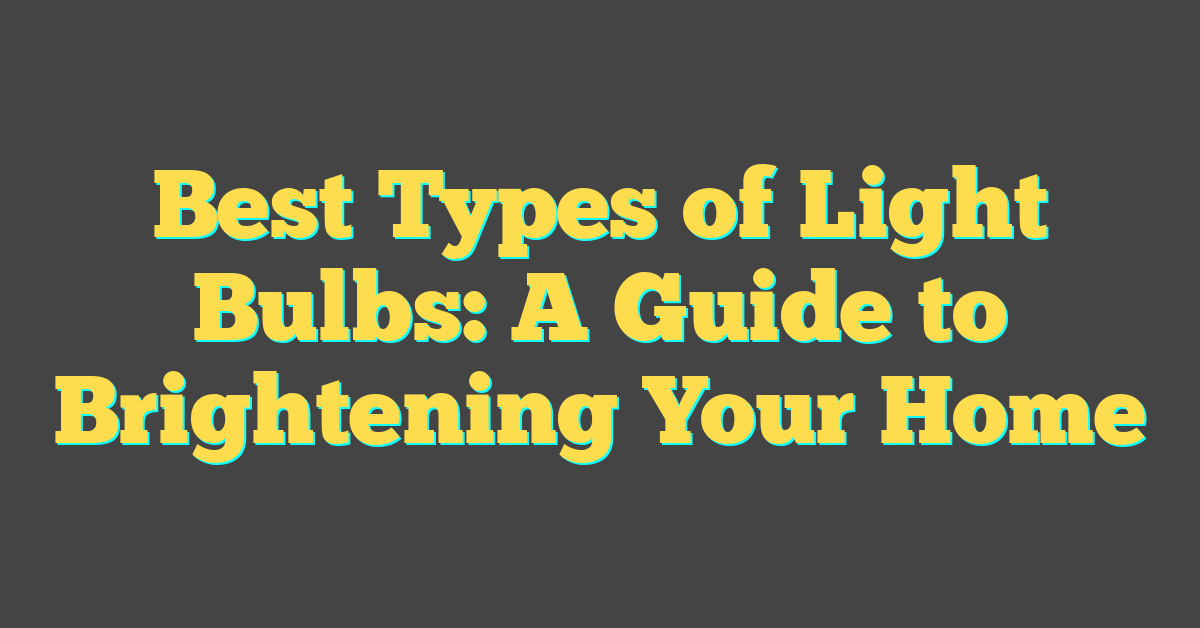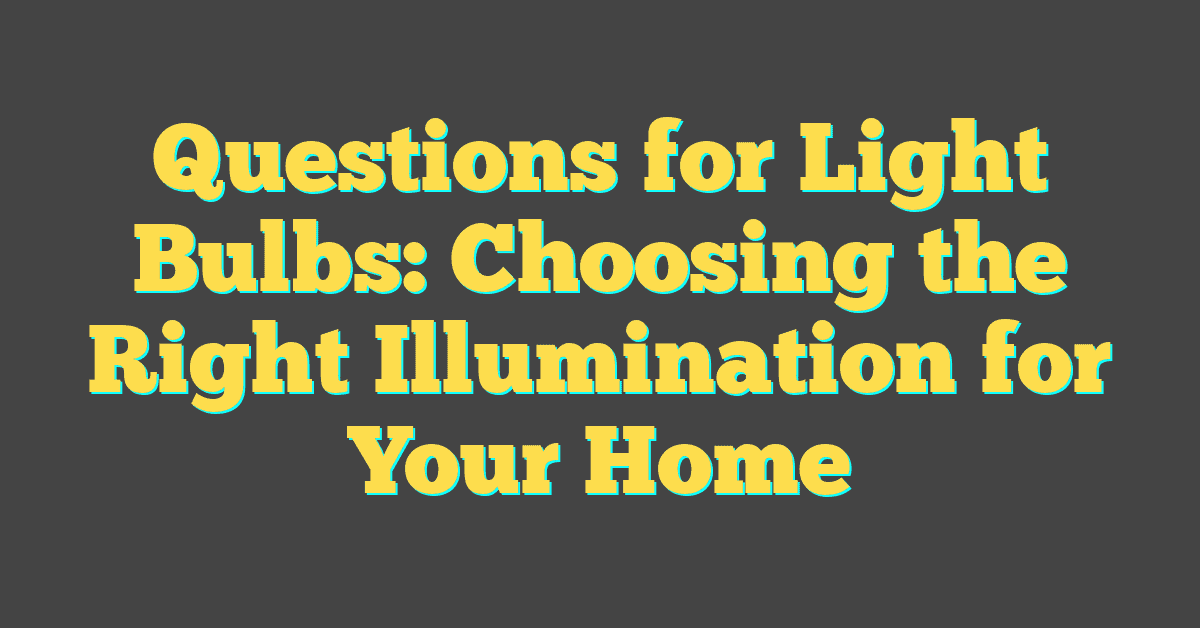Ever wondered what gives black light bulbs that eerie, unmistakable glow? You’re not alone! These fascinating bulbs are often the life of the party, but there’s more to them than just funky lighting.

What is a black light bulb?
When you’re diving into the world of lighting, especially DIY projects that add a bit of flair to your space, you might come across the term “black light bulb”. It’s not just your regular lamp with a dark tint or a mood light for Halloween. Black lights are unique, and their charm lies in the science behind them.
Essentially, a black light bulb emits UV light, which is not entirely visible to the naked eye. What you see when you turn these bulbs on is a dim violet glow. The magic, however, happens when this UV light interacts with various materials and substances—they fluoresce, emitting a bright, eerie glow that transforms your space into an otherworldly scene.
UV light is actually a component of sunlight, which these bulbs mimic in a concentrated form. While the sun emits a broad spectrum of light, including UV, the black light focuses primarily on the UV-A spectrum. Here’s what sets it apart:
- UV-A is the safest form of UV light.
- It’s the same type of UV light used in tanning beds, but at much lower intensities.
- This light causes certain materials to ‘glow in the dark’, making it popular for artistic and aesthetic uses.
Unlike traditional bulbs that use a filament, black light bulbs often use a fluorescent or LED technology to produce UV light. These bulbs are coated on the inside with phosphors, and when electricity excites these phosphors, they emit the UV light.
With such fascinating characteristics, you’re not just screwing in a bulb; you’re installing an experience. Whether it’s to highlight the white in a mural for an otherworldly shimmer or to verify the authenticity of antiques, black light bulbs are your go-to. Remember, as with any DIY lighting project, safety comes first. Ensure that the fixtures you’re using are compatible with your bulbs, and you’re pretty much set to illuminate your world with a purplish hue that’s sure to turn heads. Enjoy the glow but protect your eyes and skin from direct exposure, even to the relatively safe UV-A.
How do black light bulbs work?

As you delve deeper into the workings of black light bulbs, it’s like unraveling a mystery that brightens up your DIY projects with an otherworldly glow. Understanding the science behind these bulbs not only satisfies your curiosity but also helps you use them more effectively in your artistic endeavors.
Black light bulbs, contrary to what their name suggests, are not just tinted bulbs. They operate on a specific set of principles. Inside the bulb, electricity passes through a mercury vapor, which produces short-wave ultraviolet light (UV light). This light is ultraviolet, meaning it’s beyond the violet end of the visible spectrum, and usually invisible to our eyes.
This is where the magic happens: the inside of these bulbs is coated with a layer of phosphors. Phosphors are substances that radiate visible light after being energized. The UV light from the mercury vapor excites these phosphors, and in turn, they emit a longer-wavelength UV light, known as UV-A. This is the glow you see when you turn on a black light bulb.
It’s important to note that there are two common types of black light bulbs:
- Fluorescent
- LED
The fluorescent versions have been around for quite some time, and they use a traditional fluorescent bulb design with a specific phosphor coating that filters out most visible light. On the other hand, LED black lights are a newer innovation. They directly produce UV light but are more energy-efficient and have a longer lifespan.
When you’re setting up for your next spooky Halloween party or creating an ambient lounge space, remember that it’s the interplay between the bulb’s UV light and fluorescent materials in the environment—like white T-shirts or certain paints—that creates that iconic eerie glow.
Armed with this knowledge, you’re not just screwing in a bulb — you’re crafting an experience. Whether it’s to add a unique touch to a party or illuminate your artwork in new dimensions, knowing how black light bulbs function lets you harness their potential to the fullest.
Are black light bulbs the same as UV lamps?

« What Light Bulbs Have Mercury in Them? Safe Disposal Guide Revealed
How Much Are Tail Light Bulbs? Shop Smart for Savings & Safety »
When you dive into the world of lighting, especially for your DIY projects, it’s crucial to distinguish between black light bulbs and UV lamps; they’re similar but not identical. Black light bulbs, as you’ve learned already, emit UV-A light—the least harmful type of ultraviolet light. It’s the type that makes certain materials fluoresce, perfect for that glow-in-the-dark effect you might want.
On the other hand, UV lamps can be more intense and are often used for sterilization purposes. These might emit UV-C light, the most hazardous kind of UV light. So while both may emit UV light, their applications and safety guidelines vary greatly. Black light bulbs for your party? Absolutely! Using a UV lamp to make your white shirts pop? Probably not a great idea unless it specifically emits UV-A light.
- Spectrum of UV Light Emitted: Black light bulbs primarily emit UV-A, while UV lamps could emit UV-A, UV-B, or UV-C, with UV-C being the most harmful form.
- Intended Use: Black lights are generally for visual effects in artistic and entertainment contexts, whereas UV lamps have a broader range of applications, including medical and industrial use for sanitization and disinfection.
- Safety Considerations: You need to exercise more caution around UV lamps due to potential exposure to UV-B and UV-C rays. With black light bulbs, the risk is considerably lower, making them friendlier for home use.
Remember, just because a bulb emits UV light, doesn’t mean it’s suitable for all purposes. If you’re contemplating a project that calls for UV exposure, make sure you’re choosing the right kind of bulb. Your skin and eyes will thank you later! It’s all about the right tool for the right job. And in most DIY projects where you’re aiming for that mysterious or dramatic ambiance, black light bulbs will be your go-to.
The dangers of UV radiation

When you’re fascinating over the various lighting options for your home DIY projects, it’s imperative to understand UV radiation’s hazardous side. UV radiation from any source can pose serious health risks if not properly managed. While black light bulbs primarily emit UV-A, which is less harmful compared to UV-B or UV-C, overexposure to any UV light can still lead to adverse health effects.
First and foremost, excessive exposure to UV-A can accelerate skin aging and may lead to skin conditions, including cancer. Your safety always comes first, so be sure to limit your exposure during your creative endeavors, and never look directly into any UV light source.
Long-term exposure to UV light can also cause eye damage, ranging from mild irritation to more serious conditions like cataracts. It’s always a good idea to wear protective eyewear when working with lights that emit UV radiation. Whether you’re setting up an eerie glow for a Halloween bash or experimenting with fluorescent paints, remember to shield your eyes.
Despite the risks, UV-A from black light bulbs is relatively safe for use in decorative or artistic projects if certain precautions are followed. It’s crucial to ensure that your space is well-ventilated and to avoid prolonged exposure to the light.
- Use black light bulbs sparingly
- Wear protective gear
- Limit exposure duration
Understanding these risks will help you make informed decisions as you illuminate your DIY projects. Keep in mind the proper safety protocols, enjoy the unique effects that UV lighting can bring to your space, and always stay informed about the potential dangers associated with UV radiation. With knowledge and precautions in hand, you’re ready to safely add that special glow to your innovative designs.
Benefits and uses of black light bulbs

When you delve into the world of black light bulbs, you’ll discover they’re more than just party accessories. These bulbs are perfect for both practical applications and creative endeavors. Black lights are a unique tool in your arsenal for specific situations where you need to illuminate substances that are invisible to the naked eye.
Detecting the Invisible
One of the most practical uses of UV black light bulbs is in detection and inspection. They can reveal:
- Counterfeit money
- Pet stains on carpets or furniture
- Engine fluid leaks
- Scorpions and other insects that fluoresce under UV light
Professionals in art restoration and law enforcement also rely on black lights to uncover details that aren’t typically visible. This can be crucial when authenticating artwork or examining a crime scene.
Enhancing the Atmosphere
Your DIY projects can reach new heights with black light bulbs. Here’s how:
- Create a glowing effect for Halloween decorations
- Set up an artistic display for a gallery or themed event
- Put on a visually striking performance in theater or dance
- Transform a room into a vibrant party space
From an aesthetic standpoint, the ability to make certain materials glow can turn a regular room into an immersive experience. Black light paint, posters, and even certain types of clothing can help you fabricate an environment that’s out of this world.
Practical Applications in Your Home
Beyond entertainment, black light bulbs serve a purpose in your home’s cleanliness. They can help spot the aforementioned pet stains, ensuring that your living space is clean and hygienic. For those into gardening, these bulbs can also play a role in promoting growth in plants that thrive under UV light.
Remember, while black light bulbs are versatile, it’s essential to balance their use with the proper precautions to avoid UV overexposure. Keep your creative projects shining and your home glowing, all while maintaining a safe environment.
Conclusion
So now you’ve seen that black light bulbs are more than just a cool party trick. They’re a versatile tool that can help you in ways you might not have imagined—from spotting hidden messes to adding a unique touch to your creative projects. Just remember to handle them with care to keep your UV exposure in check. Go ahead and give them a try; you might be surprised at how useful they can be!
Frequently Asked Questions
What are black light bulbs typically used for?
Black light bulbs are used to detect substances invisible to the naked eye, like counterfeit bills, pet stains, or fluid leaks. They are also useful in art restoration, law enforcement, creating glowing effects for decorations, and enhancing a party atmosphere.
Can black light bulbs be used in DIY projects?
Yes, black light bulbs can be used in DIY projects to create a unique glowing effect, such as for Halloween decorations or to transform a room for a party.
Are there practical uses for black light bulbs at home?
Absolutely, black light bulbs are practical for home use in detecting cleanliness issues, such as pet urine stains, or for certain types of gardening to see the fluorescence in plants.
Do black lights have any applications in science or professional fields?
Yes, black lights are used in forensic science, law enforcement, art restoration, and various inspection processes that require the detection of substances not seen under regular light.
Is it safe to use black light bulbs?
While black light bulbs are generally safe, it’s important to balance their use with proper precautions to avoid overexposure to UV light, which can be harmful with excessive exposure.




